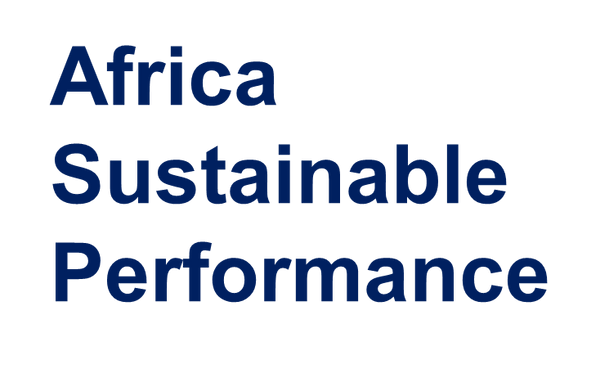For companies that store, use or produce hazardous chemicals, controlling risks can be a matter of life and death.
The International Association of Oil and Gas Producers (IOGP) explains that industrial process safety management is a "structured framework for managing the integrity of operating systems and processes that use hazardous substances", and the objective is to prevent unplanned releases of hazardous materials or energy to prevent structural failure or loss of stability that could lead to a major accident.
Take the example of the West Fertilizer Company in West, Texas. On April 17, 2013, emergency services personnel were responding to a fire at the fertilizer plant when the site exploded with the force of a 2.1 magnitude earthquake, killing 15 people and injuring nearly another 200, according to a U.S. Chemical Safety and Hazard Investigation report. The blast, which destroyed schools, a nursing home and hundreds of homes, was named one of the "most destructive incidents ever investigated" by the CSB. The agency found that the explosion could have been avoided with proper storage of the 40 to 60 tons of ammonium nitrate. In addition to the casualties, the explosion resulted in approximately $230 million in insurance costs, plus $16 million in federal disaster assistance. In addition, an explosion of ammonium nitrate was also the cause of the fatal accident at the port of Beirut.
What is Process Safety Management
The term Process Safety Management has become prominent due to OSHA regulations that require companies to properly manage hazardous chemicals, with the goal of creating safe and healthy workplaces. prevent "unexpected releases of toxic, reactive, or flammable liquids and gases" that can cause disasters. Process safety management systems are usually a mixture of technology platforms, specific procedures and management frameworks.
Other versions of PSM have since appeared as the implications were better understood. In the United States, the Center for Chemical Process Safety (CCPS) model includes 20 elements classified into four pillars.
There are several other models that are used around the world. The Seveso III Directive (2012/18/EU), for example, was implemented as PSM in the European Union to limit the risks associated with the storage and handling of hazardous chemicals. In the UK, the Control of Major Accident Hazards (COMAH) Regulations 2015 cover PSM. In the Middle East, several countries have opted for safety management systems (SMS), which integrate the PSM. In Australia, process safety is largely controlled by Occupational Health and Safety Acts and the Dangerous Goods and Major Hazard Installations Regulations.
What difference between Occupational and Process safety ?
Process safety management is often confused with occupational safety management, but the two systems differ in the scale of the failures they seek to prevent. Process Safety Management (PSM) aims to prevent large-scale disasters, such as explosions. Occupational safety management, on the other hand, aims to prevent more safety incidents at the individual level, such as falls. Occupational safety risks are more common, but can often be addressed with smaller-scale interventions, while process safety risks generally require higher-level solutions. The simple explanation is that process safety relates to what you do, and occupational safety relates to how you do it.
To address process safety management, several risk studies come into play, such as Hazard and Operability Studies (HAZOP), Layers of Protection Analysis (LOPA), Failure Mode Analysis and Effects (FMEA), Process Hazard Analysis (PHA), and Security and Vulnerability Analysis (SVA).
The 14 elements of Process Safety Management
Process safety management is complex and requires a multidimensional approach. OSHA provides a structured and comprehensive framework for process safety management which consists of 14 elements. Here is a brief overview:
- Employee Participation : This includes employees participating in training, surveys and feedback, and safety rewards.
- Process Safety Information : Documentation needs to outline specific safety protocols.
- Process Hazard Analysis : Also known as a PHA, this requires systematically assessing the potential hazards within your organization.
- Operating Procedures : Operating procedures must be written that provide clear instructions and are accessible to all employees.
- Training : Employees must be trained to follow specific safety protocols. This is always conducted by the Safety Committee.
- Contractors : Similar to employees, contractors that will work with hazardous chemicals must be trained.
- Pre-Startup Safety Review : Also known as PSSR, any new facility that is opened, or any facility that is remodeled, must have a safety review.
- Mechanical Integrity : Critical process equipment must be designed and installed correctly. This applies to storage tanks and vessels, pumps, piping systems, and valves, emergency shutdown systems, and controls.
- Hot Work Permit : A permit must be issued for hot work operations conducted on or near a covered process.
- Management of Change (MOC) : MOC governs the procedure that everyone must follow when implementing process, equipment, or personnel changes
- Incident Investigation : Should there be a safety or health incident, including a near-miss, a detailed investigation must be conducted.
- Emergency Planning and Response : It’s required for training to take place that outlines for employees the specifics relating to emergency planning and response
- Compliance Audits : Employers must certify that compliance with PSM has been evaluated every three years, at a minimum.
- Trade Secrets : There is no protecting materials or tracked data of any type. All documents, analysis and operational data pertaining to the company must be secured.
It should be noted that PSM focuses on events that may have happened very rarely in the past. Maybe they never would have happened at all. But, if they do occur, they are often catastrophic. Although it can be complex and expensive to understand these low probability events, the consequences when they occur are very serious.
At ASP, we support you in diagnosing the state of your organization's process safety and implementing a robust PSM system.







